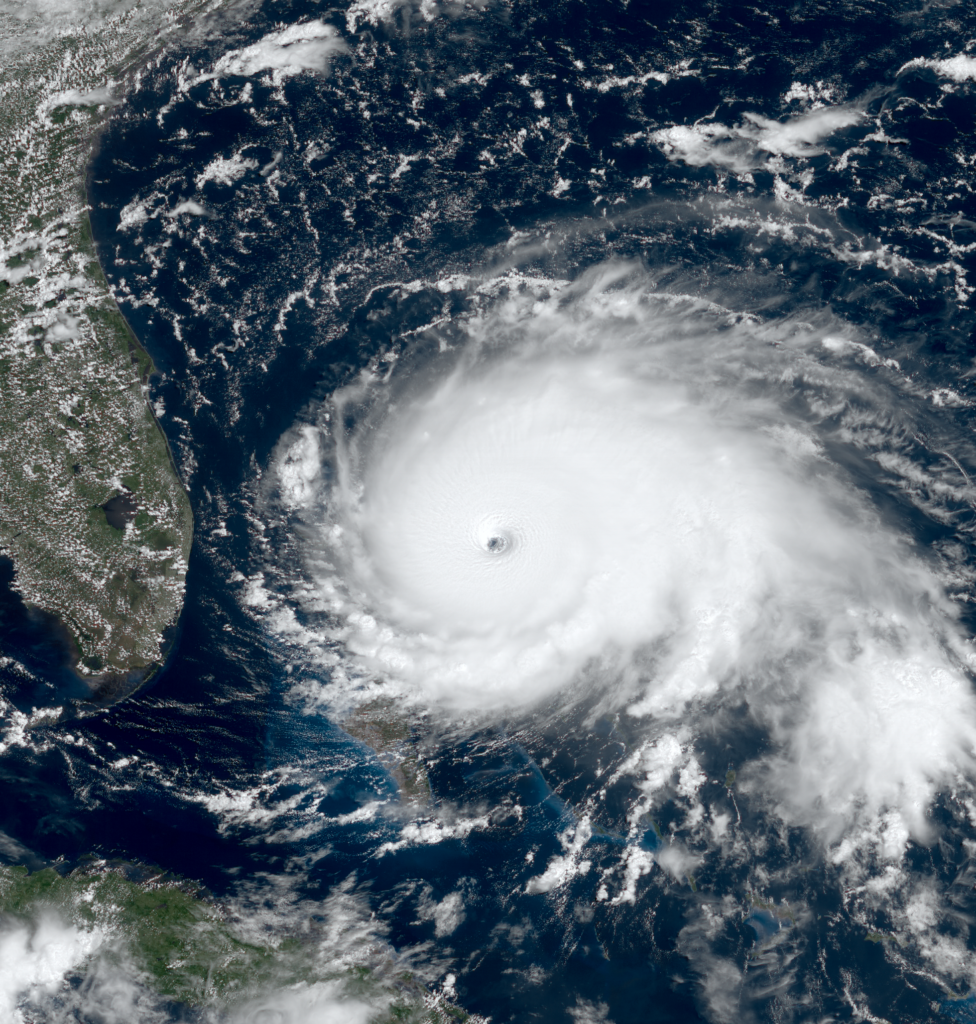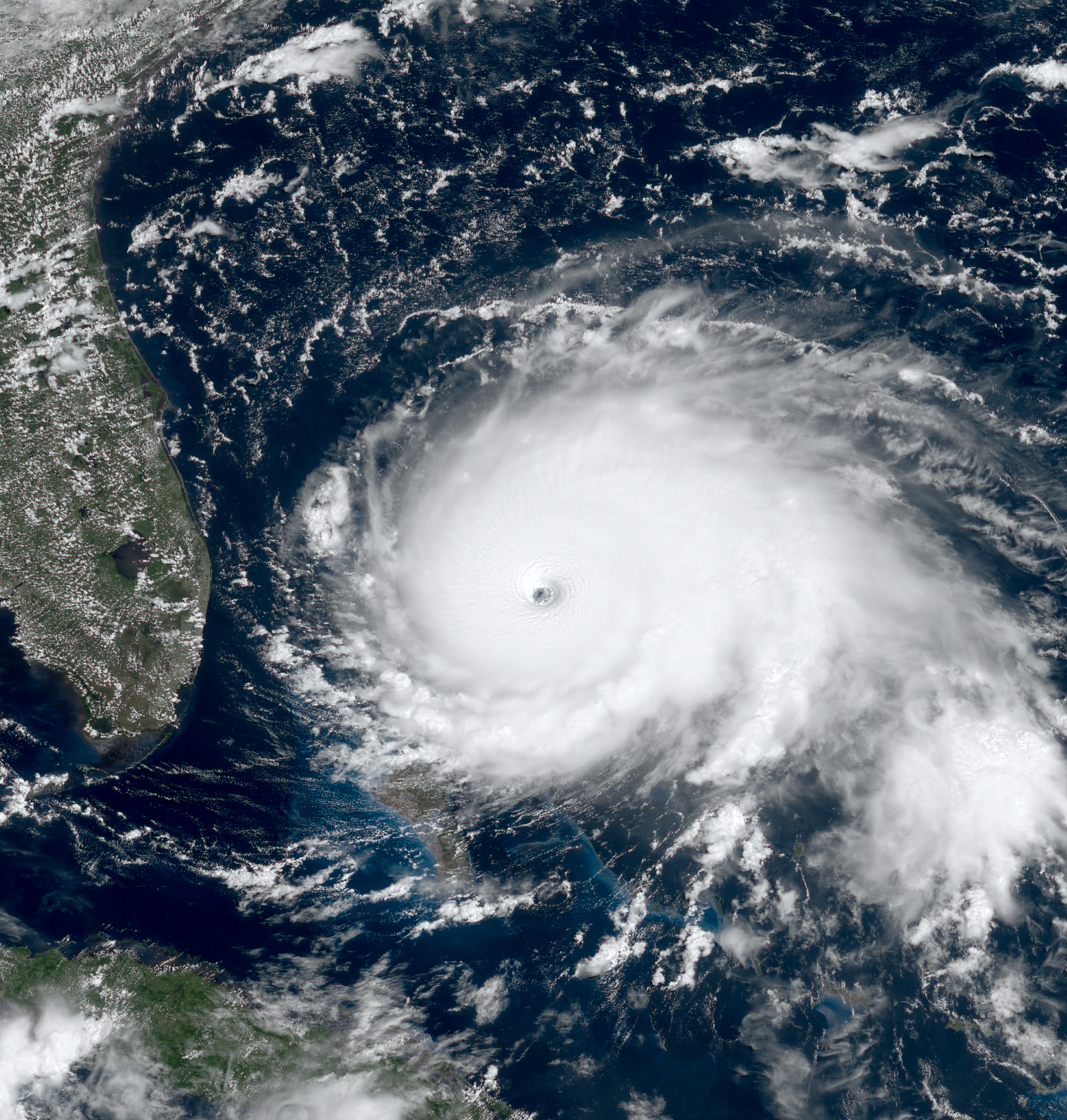Hurricane Season is in full swing on the gulf coast of Florida, but that doesn’t mean that it is too late to prepare your commercial property to weather the storm. Here are a few tips on preparing for the worst so that your tenants and your property are protected in case a storm hits.
Before a storm
Know what risk factors affect your particular property. The four key elements of any tropical storm or hurricane are high winds, storm surges, heavy rains and tornadoes. It’s vital to know what how susceptible to flooding your property may be. FEMA produces a wide range of information that can help you prepare. You can find flood maps for your area that help you prepare at the FEMA Flood Map Service Center.
As well as knowing your flood zone and evacuation routes, it is a good idea to have a disaster response plan in place before a storm hits and review it regularly.
- Review your plans and procedures with your tenants and their staffs so they understand what to do in case of an emergency.
- Make sure you have a copy of your property’s insurance policy in a safe place and you know what is covered in case of a storm and any steps you are required or allowed to take to mitigate further damage.
- Make sure you have emergency supplies stocked and accessible, such as sandbags, tools, tarps, generators or anything else that may be necessary to protect the property from further damage.
When a storm is on the way

Once a tropical storm or hurricane warning is in effect for your area, check your property for any hazards that might arise due to high winds or flooding. Talk to your tenants about minimizing the risks to their units.
- Remove and store any temporary signage or items that could become airborne in high winds. Cover any glass doors or windows with plywood.
- Move items away from windows and disconnect electrical devices (except refrigerators that are in use).
- Remove small items from workspaces and walls and secure in a safe space.
- Move furniture and equipment away from windows.
- Review procedures for returning to the building with tenants.
- Shut down non-essential building systems once tenants have left the premises.
After the storm
Do not return to the property until authorities have determined it is safe to do so. Once you can safely return, assess the property for damage and determine what needs to be done before tenants need to return to their units. Any structural issues may need to be addressed before tenants can safely return. In the case of flooding, be sure to seek assistance for mold remediation if necessary.
It’s important to be prepared for an emergency. If you don’t already have a plan of your own, consider downloading a pre-made checklist that can help you get ready, such as this one by the SBA: SBA Hurricane Preparedness


Comments are closed